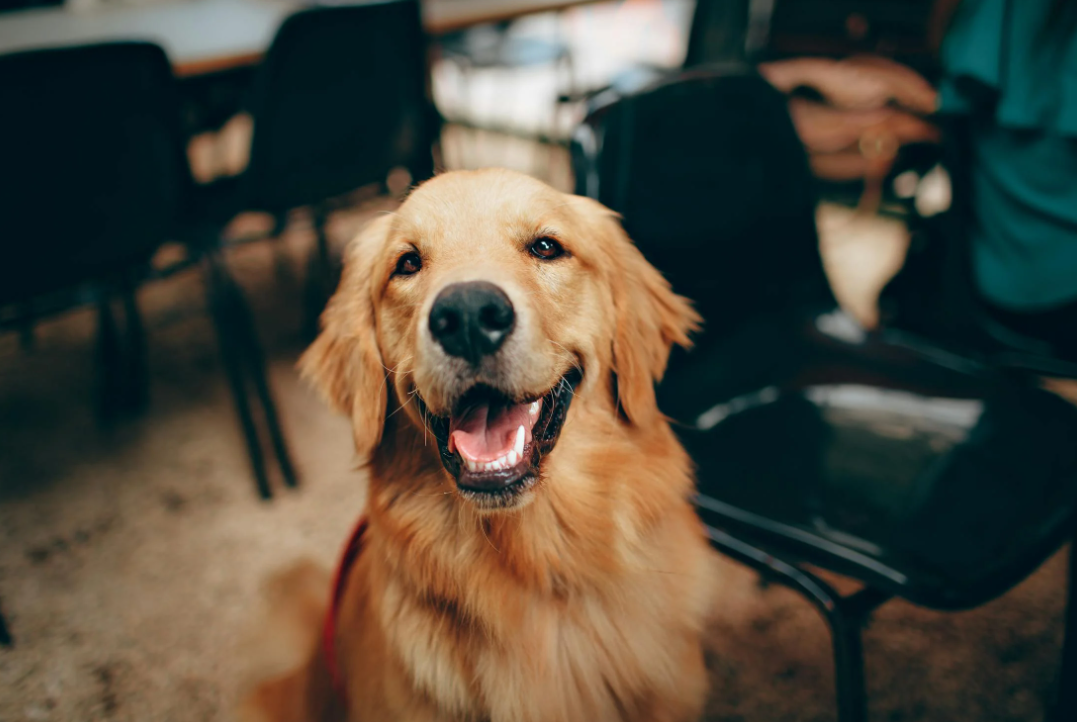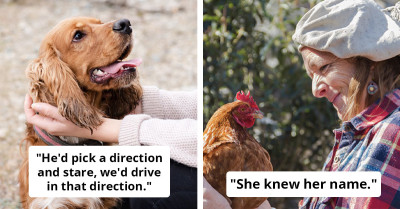Why Dogs Make the Mysterious “Boof” Sound
Dogs have various ways to communicate with us, and many of those signals come through sound. Every bark, whine, growl, or yelp has a purpose, even if it’s not always obvious to us.
For owners, understanding the meaning of these noises can make life with a dog much easier. It helps you know when they’re asking for something, when they’re feeling uneasy, or when they’re simply reacting to their surroundings.
Some sounds are easy to identify, like a sharp bark when someone walks past the house or a whine at the back door when it’s time to go outside. Others are less familiar, and one in particular—the “boof”—often leaves people puzzled.
Think about the variety of noises your dog makes throughout a normal day. A high-pitched yelp signals pain, while a low growl usually indicates irritation.
Whining is often a plea for attention or an alert that they need something. These sounds are fairly straightforward once you get used to them.
But then there’s the softer, muffled bark—the “boof.” It’s quieter than a regular bark and often occurs out of nowhere. Most dog owners have likely heard it, but many are unsure of its meaning.
What Your Dog’s “Boof” Really Means.
A trainer known as the Vermont Dog Trainer on Instagram shared an explanation that has resonated with dog owners. He describes the “boof” as a sound dogs make when they notice something unusual but aren’t confident enough to react with a full bark.
He puts it simply: your dog hears something, isn’t quite sure what it is, and lets out that soft, low bark as a way of processing the moment.
He explained: “That low sound is like a super soft bark. But do you know what it means? You may hear it at varying levels, maybe even much lower than the dog in the video. Oftentimes, if a dog makes this sound to let you know they hear something, the best thing you can do is look out a window. This makes your dog think that you heard them and that you are listening.”
So, when you hear your dog “boof,” it’s not random noise. It’s a signal that they’re picking up on something—maybe a faint sound outside, a person moving in the hallway, or an unfamiliar noise they can’t place. Checking it out helps reassure your dog that their concern has been noted.

The trainer also pointed out that where you live plays a role in how you should respond. In a city or busy urban area, you may want to minimize this behavior, as dogs can constantly pick up sounds.
In a rural setting, however, you might actually appreciate your dog flagging noises that you might not notice otherwise. The key is to decide whether the “boof” is helpful in your environment or something you’d rather not encourage.
According to animal behavior expert Dr. William Doherty, understanding canine vocalization is crucial for effective communication between dogs and their owners. He explains, "The 'boof' sound often indicates excitement or playfulness, showing that your dog is feeling sociable and eager to engage." This behavior is particularly common in breeds known for their vocal tendencies, such as Beagles and Terriers.
Dr. Doherty emphasizes that recognizing these sounds can significantly enhance the bond between dogs and their human companions, leading to a more fulfilling relationship.
"WE’VE ALL HEARD IT!"
Dogs sometimes follow up a “boof” with a stronger bark once they feel more certain about what they’re hearing. At other times, they might do the reverse, barking first, then tapering down to a couple of soft “boofs” as they calm themselves.
Either way, this behavior isn’t something that needs correction. It’s simply a form of communication, and in some cases, it’s a way for the dog to manage their own emotions.
Dogs’ Adorable “Boof” Sound Wins Over Pet Owners After Viral Video.
Once the trainer’s video went viral, dog owners began sharing their own experiences. Many shared how often their pets “boof” and how endearing the sound is once you realize what it means.
One person commented:
“Hands down the best dog sound.”
Another added: “Hehehehee dogs are so precious and cute and perfect—big gigantic emphasis on the PERFECT!!!!”
For many, understanding the sound gave them a new way to appreciate their dog’s personality.

The “boof” may not carry the same urgency as a bark or the same clarity as a whine, but it has its place in the wide range of canine communication. Knowing what it means can strengthen the connection between you and your pet.
Instead of brushing it off as random noise, you can see it as your dog’s way of saying, “I heard something; do you notice it too?” It’s a small detail, but for dog owners, those details matter.
And now, the next time your pup lets out that soft little bark, you’ll know exactly what they’re trying to tell you.
Dr. John Paul Scott, a renowned animal psychologist, explains that vocalizations like the "boof" sound can also indicate a dog's emotional state, often reflecting their need for attention or interaction. Research shows that dogs are highly attuned to their owners’ responses, which encourages them to vocalize more. This behavior serves as a form of communication that can sometimes be overlooked.
To improve understanding, Dr. Scott suggests observing your dog's body language alongside their sounds. This holistic approach can help owners better interpret their pet's needs and emotions.
Building Healthier Patterns
In summary, understanding the diverse sounds that dogs make, including the enigmatic "boof," can significantly enhance the pet-owner relationship. Experts like Dr. William Doherty state, "Recognizing and responding to your pet's vocalizations is crucial for building trust and communication." Additionally, Dr. Dan Gilbert emphasizes that "active listening to your dog's needs can lead to a more fulfilling companionship." By actively listening and observing your dog's behavior, you can respond more effectively to their needs.
Improving this connection not only leads to a happier dog but also fosters a deeper emotional bond, paving the way for a more harmonious home life.



